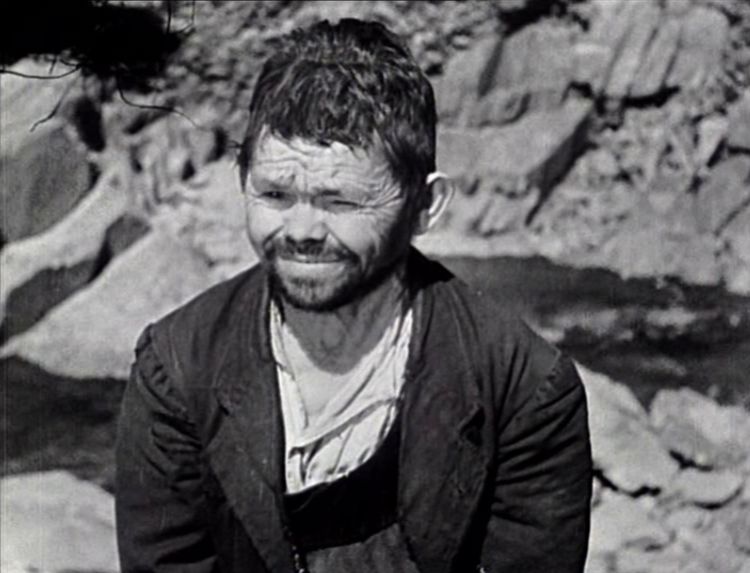Alweer een dode, een van de 120 per jaar of zo, het getal blijft door de jaren heen relatief constant, een om de drie dagen.

Marcel Ophuls was een documentairemaker die vooral herinnerd zal worden voor twee films: The Sorrow and the Pity (1969) en Hôtel Terminus: The Life and Times of Klaus Barbie (1988).
Ik wil het hebben over die tweede docu, die het verhaal vertelt van de nazi Klaus Barbie die tijdens de bezetting van Frankrijk bekendstond als de beenhouwer van Lyon.
Ophuls focust in die documentaire vooral op tegenstrijdige getuigenissen. De slachtoffers vertellen hoe Barbie hen martelde; maar volgens de Amerikaanse inlichtingsdiensten, die Barbie na de Tweede Wereldoorlog schaamteloos in Bolivia inzetten om de militaire dictatuur via een schrikbewind van terreur in het zadel te houden, kan het haast amper dat Barbie martelde, ‘hij had dat niet nodig zeggen ze, zo goed was hij.’
Rond een uur en vier minuten zit een getuigenis die mij bijzonder aangreep. Een vrouw wordt als kind opgepakt, Barbie martelt haar en laat de deur van de martelkamer openstaan zodat haar moeder het kan zien en horen. Hij spreekt tot de moeder en zegt: ‘Zie je in welke staat je dochter is? Dat is jouw verantwoordelijkheid. Zeg mij waar je andere twee kinderen zijn en ik [spaar ze] alle drie.’
Continue reading

